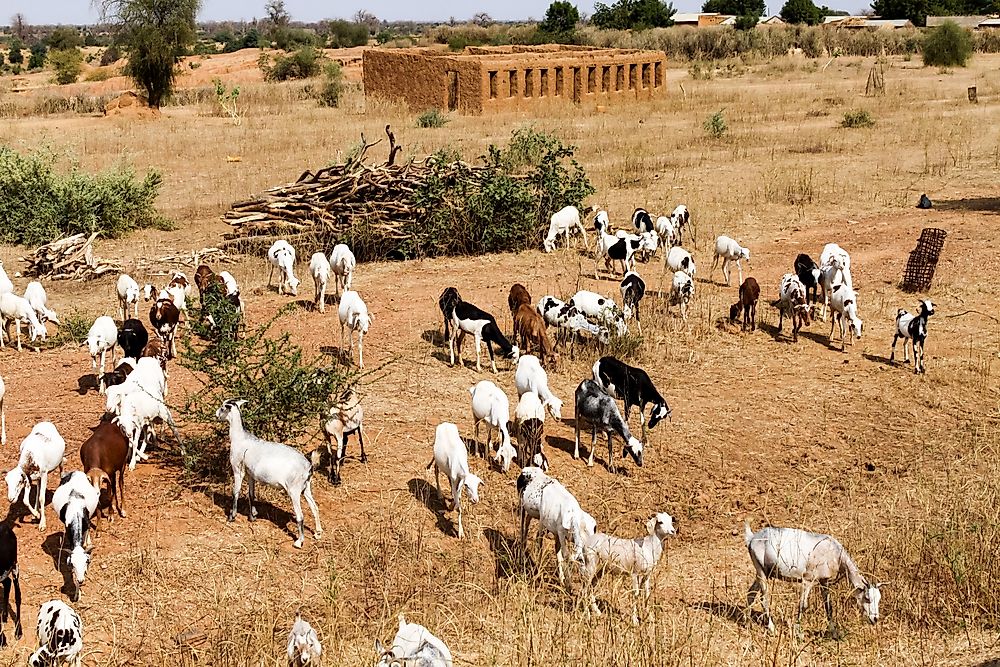What Are The Biggest Industries In Mali?

The industry sector in Mali is very small and contributes to about 20% of the country’s GDP. Its contribution was even lower before due to the effects of corruption and poor infrastructure which forced foreign investors to shy away. However, the country made radical changes in its industrial policies in the early 1990s which significantly accelerated the growth of industries in Mali. In 2002, the government of Mali put in place programs to privatize and restructure state-owned enterprises which further led to the growth of its industries.
Mining Industry
Mining is an important sector in the economy of Mali. The country is one of the top producers of gold in Africa. By the end of the 20th century, Mali was the third-highest gold producer in Africa. Gold is the third-largest source of Malian export after cotton and livestock and accounts for about 80% of the mining activities in the country. The precious mineral has been a major export since 1999 and has played a critical role in mitigating some of the fluctuations in the world cotton market. Gold is mainly produced in the southern regions of Mali. Other minerals in Mali include salt, limestone, phosphate, and Kaolin. Despite the presence of these minerals, especially gold, the mining industries employ mainly people from outside Mali. Residents complain of little benefits and displacement.
Agriculture
Agriculture accounts for 70% of the Malian labor force and 42% of the country’s GDP. Cotton farming and livestock are the two main agricultural activities in the country, making up to 80% of Mali’s export. The agricultural sector is dominated by small scale traditional farming. About 1.4 million hectares of land is under agriculture of which 90% is under subsistence farming. The major productive agricultural areas are located along the banks of Niger River between Mopti and Bamako. The area is most suitable for the production of cotton, maize, rice, tobacco, vegetables, and tree crops. Mali was self-sufficient in grains until the 1960s when the growing population, diminished harvest, and policy constrained led to a grain deficit almost every year from 1965-1986. However, due to policy reforms, production has made a rebound. Mali has millions of livestock consisting of goats, sheep, and cattle
Manufacturing
Manufacturing remains a relatively small industry in Mali, having declined through the late 1980s and accounted for about 8% of the country’s GDP in 1990. The sector was handicapped by the intense competition from neighboring countries such as Ivory Coast and smuggling of cheap goods from Nigeria and Guinea. However, the growth of the manufacturing industry cannot be overlooked. Since independence, Mali has built a few light industries with the help of foreign donors. Today, the manufacturing industry mainly focus on processing agricultural products.
Other Industries In Mali
Apart from the above industries, some minor industries in Mali include the handicraft industry which employs more than 5% of the labor force and includes wood carving and basket making. Fishing is done in small scale on Niger River and the surplus fish is exported. Construction work has also evolved over time to become a significant segment of the industrial sector.











